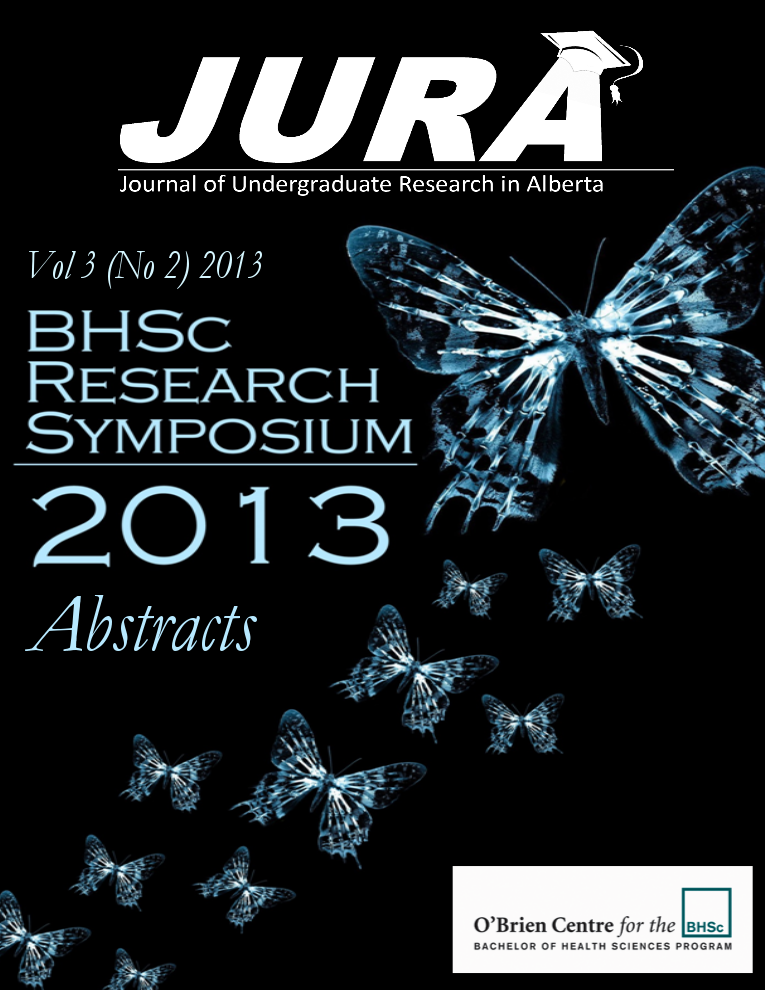Brain Inflammatory Injury In S. Pneumoniae Pneumonia-Induced Sepsis
Keywords:
Sepsis associated encephalopathy, brain dysfunctionAbstract
The gram-positive pathogen Streptococcus pneumoniae (S. pneumoniae) is a lethal bacterial pathogen to humans, accounting for the majority of cases of pneumonia and many cases of septic shock with multiple organ dysfunction leading to death. A mouse model of S. pneumoniae pneumonia-induced sepsis was used for this project. Lung pneumonia was assessed by histology, myeloperoxidase and bacterial load. Brain leukocyte recruitment was assessed by intravital microscopy. Brain function was assessed by different behavioral tests that evaluate general activity, exploratory behavior, novelty recognition, anxiety, spatial learning and memory. Brain MRI imaging and myelin content assessments were conducted. Cytokines levels in blood and brain were assessed by Luminex. S. pneumoniae infection induces an increased bacterial load in the lungs of infected mice. In the blood bacterial load is very low. In the brain of infected mice, an increased neutrophil rolling flux and adhesion is observed by intravital microscopy. Behavioral studies show that in recovered mice from infection there is long-term cognitive impairment expressed as a deficit in spatial memory compared to control mice. Brain MRI imaging shows decreased myelin content in the corpus callosum. In the blood, the levels of cytokines/chemokines including KC (IL-8 in humans) and IL-6 are highly increased. In the cerebrospinal fluid KC is the only chemokine increased. S. pneumoniae infection causes pneumonia and sepsis associated with brain inflammation and long-term cognitive impairment. More studies are underway to further characterize the role of the neutrophils as well as the cytokines and chemokines in the brain inflammatory injury.
Downloads
References
2. Gordon SM, et al. Intensive Care Med. 30:1997-2008, 2004.
3. Andonegui G, et al. Shock 31:423-428, 2009.
Downloads
Additional Files
Published
Issue
Section
License
Authors retain all rights to their research work. Articles may be submitted to and accepted in other journals subsequent to publishing in JURA. Our only condition is that articles cannot be used in another undergraduate journal. Authors must be aware, however, that professional journals may refuse articles submitted or accepted elsewhere—JURA included.


